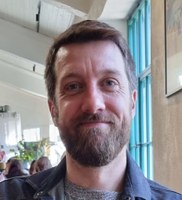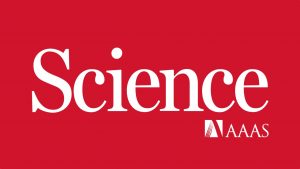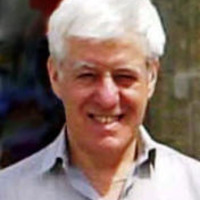Over the past year, a professional society for cognitive therapists has been pondering what to do with dozens of decades-old articles about conversion therapy – the practice of trying to change a person’s sexual orientation or gender identity – in the archives of the journals it publishes.
The society, the Association for Behavioral and Cognitive Therapies (ABCT), was considering a variety of options, including retraction.
But in a statement the group published earlier this month, ABCT said Elsevier, the journals’ publisher, would not allow retraction of the articles.
Continue reading Psychologists want to retract old papers about conversion therapy. Elsevier says no.







